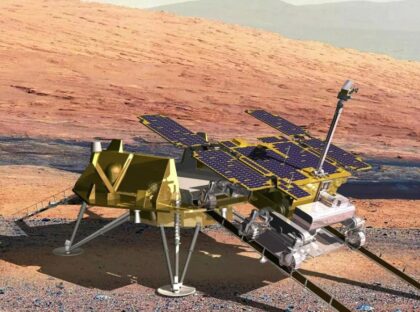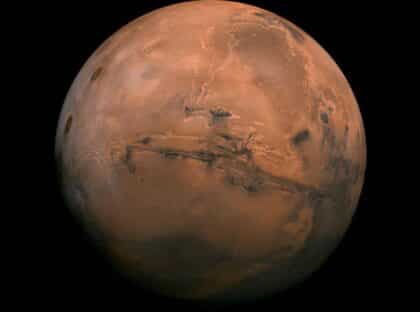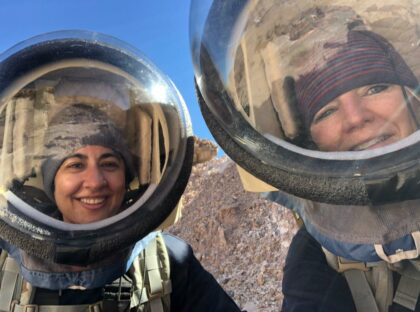
MDRS Crew 268 was an all-woman multi-national mission sponsored by the Mars Society. Planning for this mission commenced in 2020, so we were excited to arrive at the Mars Desert Research Station on November 13th and begin the journey. Some crew members have had their sights set on MDRS as early as 2012!
Crew
Commander: Dr. Jennifer Hesterman (United States)
Executive Officer/Scientist: Jas Purewal (United Kingdom)
Health and Safety Officer: Elizabeth Balga (United States)
Biologist & Greenhab Officer: Caitlyn Hubric (United States)
Engineer: Judith Marcos (United States)
Journalist: Izabela Shopova (Bulgaria)
The crew undertook important research and scientific exploration during the mission. We were excited to Beta test Paro, an artificial intelligence therapeutic robot in the form of a baby harp seal. We studied how Paro mitigated feelings of stress and isolation and the data will be useful in supporting research on future analog missions. Half of the crew enjoyed time with Paro during the first week, while the others had access to him during Week 2. We self-reflected on how his presence affected our mental health and emotional well-being.
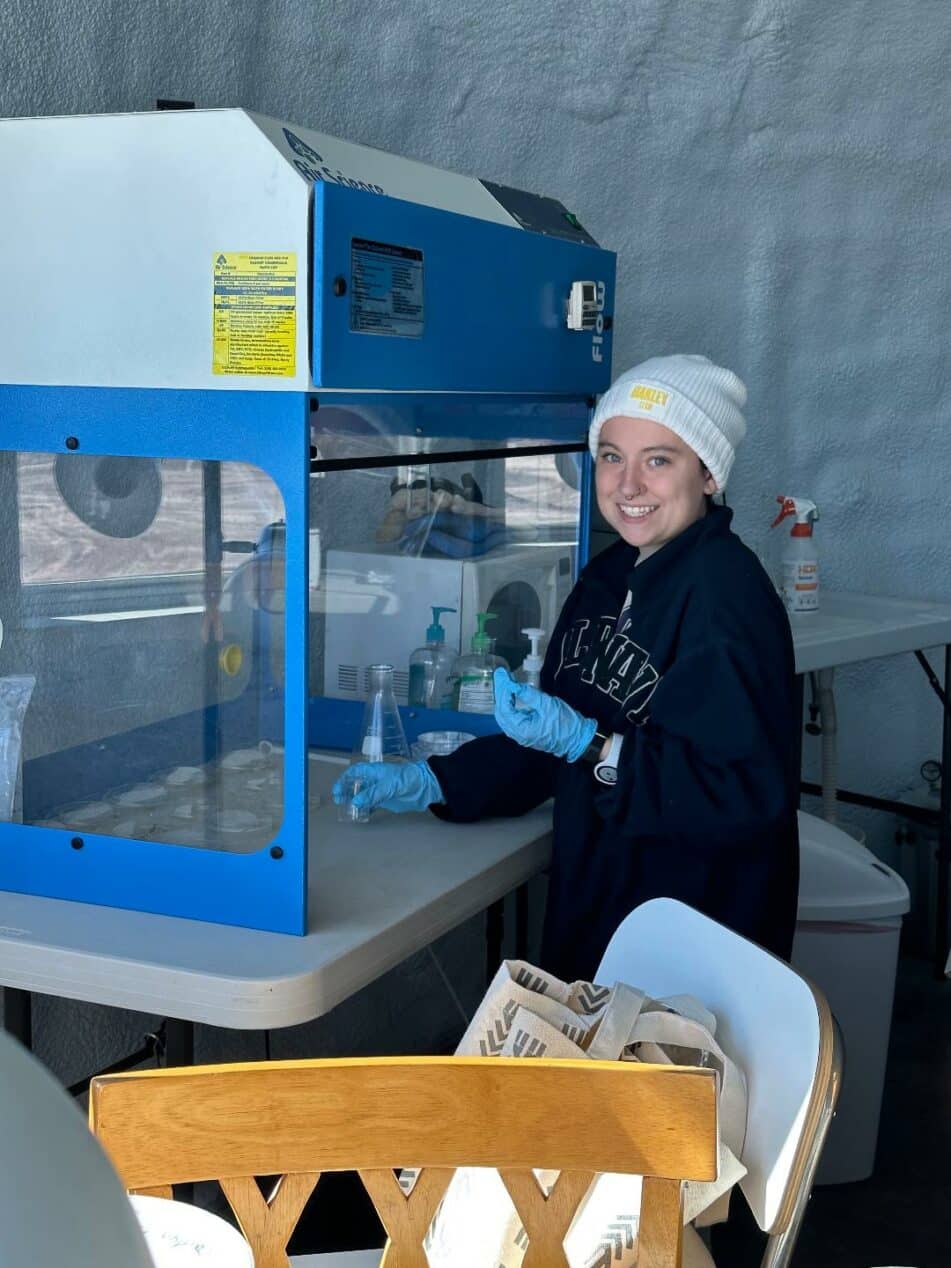
The crew engineer successfully accomplished a carry capacity test with the Pleiades Anchor, designed to help astronauts easily retrieve rock and soil samples without having to bend over or squat. She deliberately pushed the robot to its breaking point, testing its ability to function with an accumulation of debris and on different surfaces. The information gleaned from the experiment will allow her team to improve the device’s design and hopefully travel to the Moon or the planet Mars one day.
The health and safety officer provided training and education on a variety of challenges we might encounter in a remote, austere environment. We also used the Oculus VR goggles for first aid training, and the crew carried out three splinting scenarios. To reinforce these concepts, the crew accomplished two emergency exercises and a tabletop scenario with many lessons learned. Crises included an injury on an EVA and two medical issues within the confines of the station. Follow on crisis leadership and communication training complemented the drills and enhanced learning and skill development.
The crew maximized our available food supply in the station to create healthy meals and maintain our energy level. We bonded during mealtimes, whether sharing our personal life experiences, or enjoying light conversation and laughter. The crew biologist harvested microgreens from the Green Hab for fresh salads, which we greatly enjoyed. She also attempted to cultivate edible mushrooms, however they were contaminated with a green mold. As with all research, this situation led to new insights as the biologist observed the speed at which the fungi colonized the substrate. These edible decomposers can be a valuable addition to a colony’s greenhouse for several reasons; not only can they generate food for a crew at a faster rate in comparison to fruits and vegetables, but they can also decompose matter and generate a compost/fertilizer blend to add to the greenhouse soil.
The crew journalist not only created colorful and impactful essays about our 2-week journey, but also successfully developed a simplified, error proof process for daily yogurt making in the station. She used the powdered milk and kitchen utensils already available at MDRS, which demonstrates the feasibility of making the homemade yogurt part of the analog astronauts’ diet. She used lactobacillus bulgaricus (chosen for its benefits for the digestive and immune systems) and the crew enjoyed yogurt in several recipes. She also demonstrated to the crew the simplicity of the process and educated them on the health benefits of yogurt consumption. The crew filled questionnaires, evaluating the quality of the yogurt, its ease of preparation and suitability for analog astronaut missions, which will add to the body of research already available on research of gut health and health benefits of lacto-bacteria. She also completed a video response to the more than 30 questions from school children from the Bulgarian Space Academy.
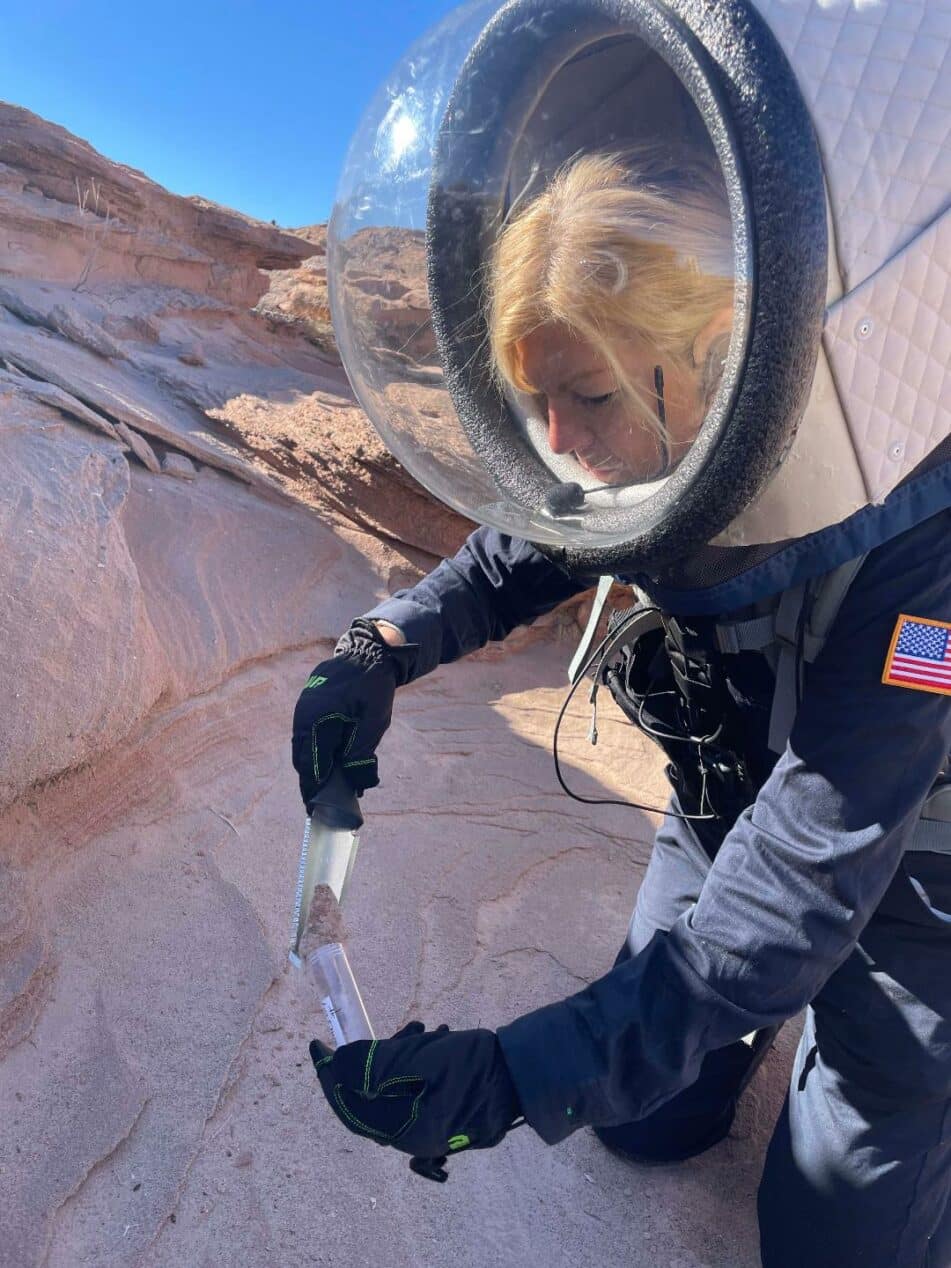
The commander executed a slate of training and education modules and hands-on exercises on group development, leadership, followership and individual growth topics. These strategies will enhance knowledge of self and maximize success working in diverse groups in a remote, austere environment. They are also applicable in our daily lives. Throughout the mission, the crew discussed Tuckman’s five phases of group development – forming, storming, norming, performing and adjourning.
Other sessions introduced the crew to a variety of self-assessment tools. Crisis leadership and communications modules complemented emergency exercises. A team building activity using LEGOs reinforced communication and listening skills. The crew also supported the Intertribal Space Conference with a video, and Beta tested the new Space ABC nutrition app which provided menus based on available food items and kitchen appliances. The U.S. crew hosted their foreign colleagues for a Thanksgiving feast and shared their family traditions for celebrating the holiday. Being in an austere, remote environment made us all thankful for family, partners and friends and the abundance of resources in our lives.
Crew 268 successfully accomplished the mission. We enjoyed exploring the stunning Mars-like landscape, incredibly rich sunrises and sunsets, and a star-filled sky at night. We hope our research activities will inform future space missions and will continue pursuing our dreams of living and working on another planet.
